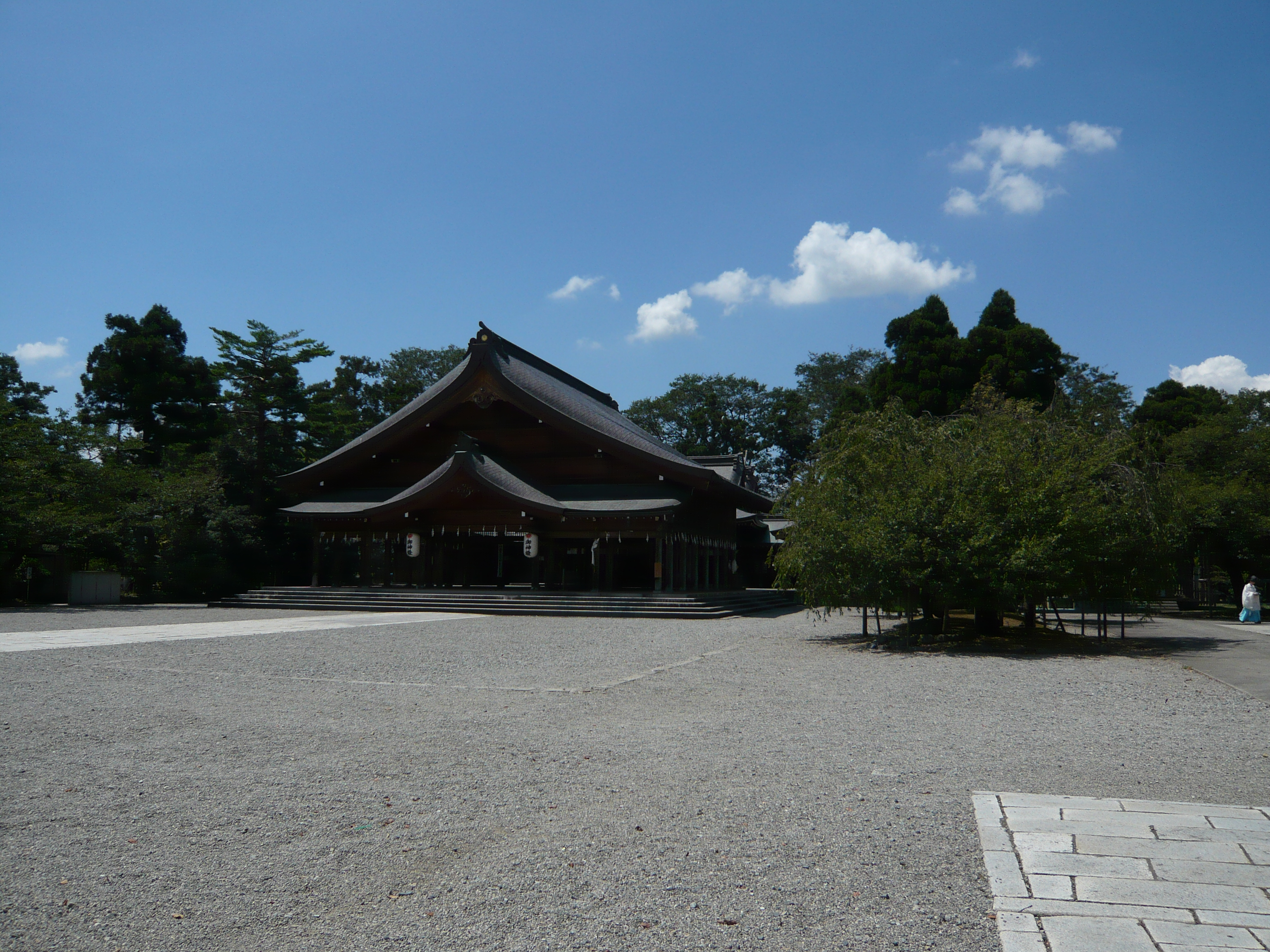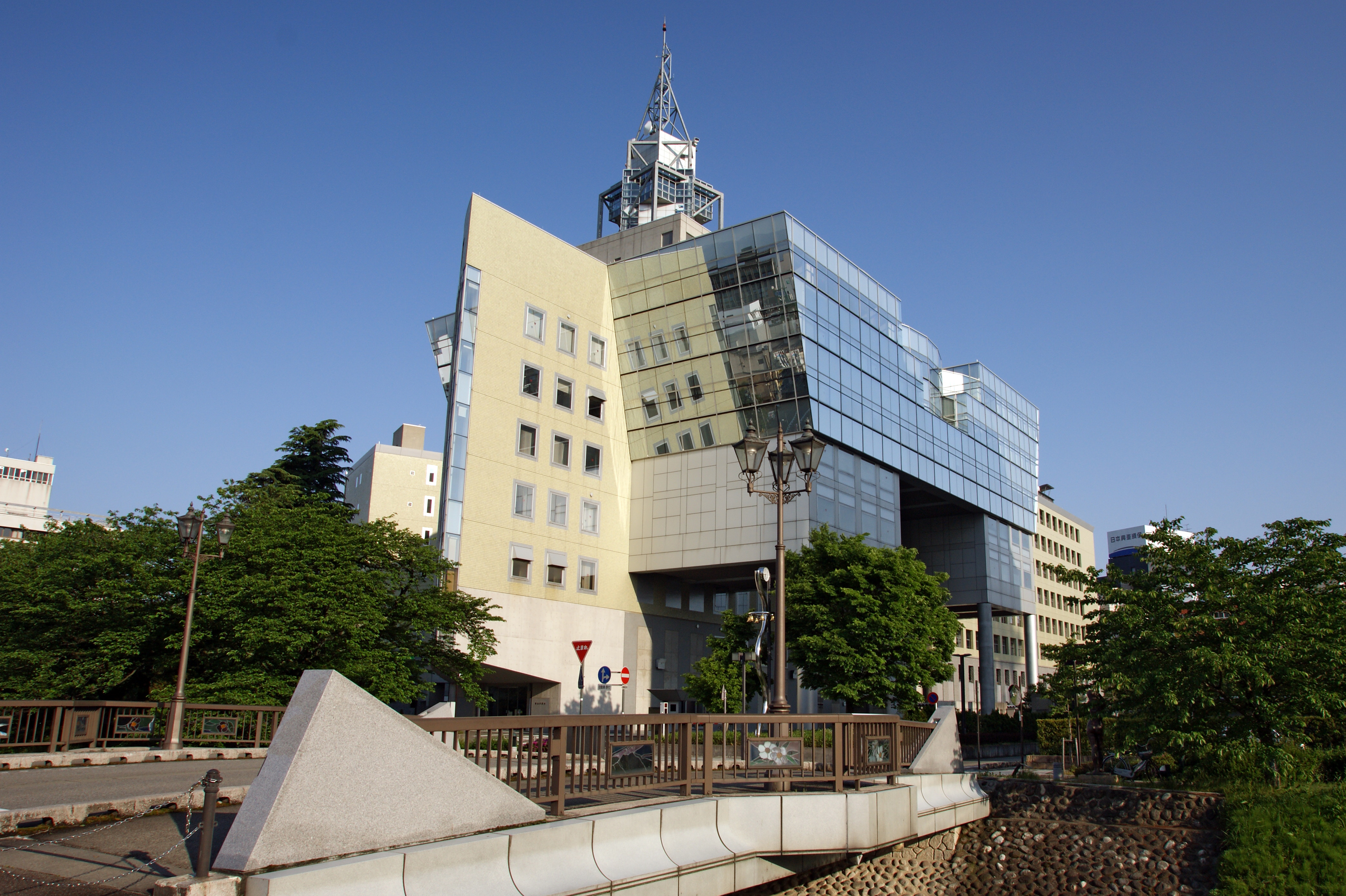|
Toyamaken Gokoku Shrine
Toyamaken Gokoku Shrine (富山縣護國神社, ''Toyamaken gokoku jinja'') is a Shinto shrine located in Toyama, Toyama Prefecture, Japan. It enshrines the kami of "martyrs of the state" (国事殉難者) and its annual festivals take place on April 25 and October 5. It was established in 1913. Beppyo shrines See also *List of Shinto shrines in Japan This is a list of notable Shinto shrines in Japan. There are tens of thousands of shrines in Japan. Shrines with structures that are National Treasures of Japan are covered by the List of National Treasures of Japan (shrines). For Shinto shrines ... External linksOfficial website Shinto shrines in Toyama Prefecture Gokoku shrines {{Shinto-stub ... [...More Info...] [...Related Items...] OR: [Wikipedia] [Google] [Baidu] |
Shinto
Shinto () is a religion from Japan. Classified as an East Asian religion by scholars of religion, its practitioners often regard it as Japan's indigenous religion and as a nature religion. Scholars sometimes call its practitioners ''Shintoists'', although adherents rarely use that term themselves. There is no central authority in control of Shinto, with much diversity of belief and practice evident among practitioners. A polytheistic and animistic religion, Shinto revolves around supernatural entities called the . The are believed to inhabit all things, including forces of nature and prominent landscape locations. The are worshiped at household shrines, family shrines, and ''jinja'' public shrines. The latter are staffed by priests, known as , who oversee offerings of food and drink to the specific enshrined at that location. This is done to cultivate harmony between humans and and to solicit the latter's blessing. Other common rituals include the dances, rites of pass ... [...More Info...] [...Related Items...] OR: [Wikipedia] [Google] [Baidu] |
Toyama (city)
is the capital city of Toyama Prefecture, Japan, located on the coast of the Sea of Japan in the Chūbu region on central Honshū, about north of the city of Nagoya and northwest of Tokyo. , the city had an estimated population of 415,844 in 176,643 households, and a population density of 335 persons per km2. Its total area was . Overview The city has been designated an environmental model city by the national government for its efforts to reduce the emission of greenhouse gases. Cityscapes File:Toyama Castle (4207284334).jpg, Toyama Castle(2009) File:Anyobo, Toyama, Toyama Prefecture 930-0881, Japan - panoramio (35).jpg, Skyline of Toyama City(2015) File:View from Toyama City Hall, north side.jpg, CBD of Toyama(2018) File:Sogawa st.jpeg, Downtown Sōgawa(2016) File:Fugan unga.JPG, Toyama Kansui park(2016) Geography Located in the middle of its prefecture, Toyama is a seaside city by the coast of the Sea of Japan. Its municipal territory borders wit ... [...More Info...] [...Related Items...] OR: [Wikipedia] [Google] [Baidu] |
Toyama Prefecture
is a prefecture of Japan located in the Chūbu region of Honshu. Toyama Prefecture has a population of 1,044,588 (1 June 2019) and has a geographic area of 4,247.61 km2 (1,640.01 sq mi). Toyama Prefecture borders Ishikawa Prefecture to the west, Gifu Prefecture to the south, Nagano Prefecture to the east, and Niigata Prefecture to the northeast. Toyama is the capital and largest city of Toyama Prefecture, with other major cities including Takaoka, Imizu, and Nanto. Toyama Prefecture is part of the historic Hokuriku region, and the majority of prefecture's population lives on Toyama Bay, one of the largest bays in Japan. Toyama Prefecture is the leading industrial prefecture on the Japan Sea coast and has the advantage of cheap electricity from abundant hydroelectric resources. Toyama Prefecture contains the only known glaciers in East Asia outside of Russia, first recognized in 2012, and 30% of the prefecture's area is designated as national parks. History Hist ... [...More Info...] [...Related Items...] OR: [Wikipedia] [Google] [Baidu] |
Kami
are the deities, divinities, spirits, phenomena or "holy powers", that are venerated in the Shinto religion. They can be elements of the landscape, forces of nature, or beings and the qualities that these beings express; they can also be the spirits of venerated dead people. Many ''kami'' are considered the ancient ancestors of entire clans (some ancestors became ''kami'' upon their death if they were able to embody the values and virtues of ''kami'' in life). Traditionally, great leaders like the Emperor could be or became ''kami''. In Shinto, ''kami'' are not separate from nature, but are of nature, possessing positive and negative, and good and evil characteristics. They are manifestations of , the interconnecting energy of the universe, and are considered exemplary of what humanity should strive towards. ''Kami'' are believed to be "hidden" from this world, and inhabit a complementary existence that mirrors our own: . To be in harmony with the awe-inspiring aspects of nature ... [...More Info...] [...Related Items...] OR: [Wikipedia] [Google] [Baidu] |
List Of Shinto Shrines In Japan
This is a list of notable Shinto shrines in Japan. There are tens of thousands of shrines in Japan. Shrines with structures that are National Treasures of Japan are covered by the List of National Treasures of Japan (shrines). For Shinto shrines in other countries, scroll down to the See also section. Shinto shrines from specific sects or new churches are not included in this list. Hokkaidō and Tōhoku Hokkaidō * Asahikawa Shrine * Ebetsu Jinja * Hakodate Hachiman Shrine * Hokkaidō Gokoku Shrine * Hokkaidō Jingu * Itsukushima Jinja * Kamikawa Shrine * Nishino Shrine * Obihiro Shrine * Otofuke Shrine * Sapporo Hachimangū * Shiraoi Hachiman Shrine * Sumiyoshi Shrine * Tarumaezan Shrine Aomori * Kushihiki Hachimangū * Iwakiyama Jinja * Saruka Jinja * Uramachi Shinmeigū * Utou Shrine * Yanemori Hachimangū Iwate * Komagata Shrine * Morioka Hachiman Shrine Miyagi * Aoso Shrine * Atago Shrine * Furukawa Shrine * Futahashira Shrine * Ōsaki Hachiman- ... [...More Info...] [...Related Items...] OR: [Wikipedia] [Google] [Baidu] |
Shinto Shrines In Toyama Prefecture
Shinto () is a religion from Japan. Classified as an East Asian religion by scholars of religion, its practitioners often regard it as Japan's indigenous religion and as a nature religion. Scholars sometimes call its practitioners ''Shintoists'', although adherents rarely use that term themselves. There is no central authority in control of Shinto, with much diversity of belief and practice evident among practitioners. A polytheistic and animistic religion, Shinto revolves around supernatural entities called the . The are believed to inhabit all things, including forces of nature and prominent landscape locations. The are worshiped at household shrines, family shrines, and ''jinja'' public shrines. The latter are staffed by priests, known as , who oversee offerings of food and drink to the specific enshrined at that location. This is done to cultivate harmony between humans and and to solicit the latter's blessing. Other common rituals include the dances, rites of pass ... [...More Info...] [...Related Items...] OR: [Wikipedia] [Google] [Baidu] |





